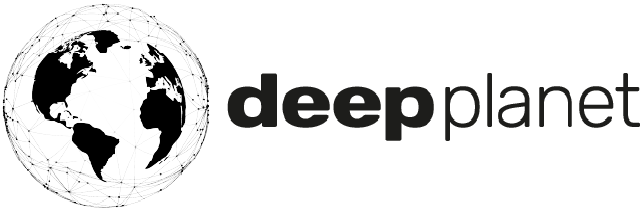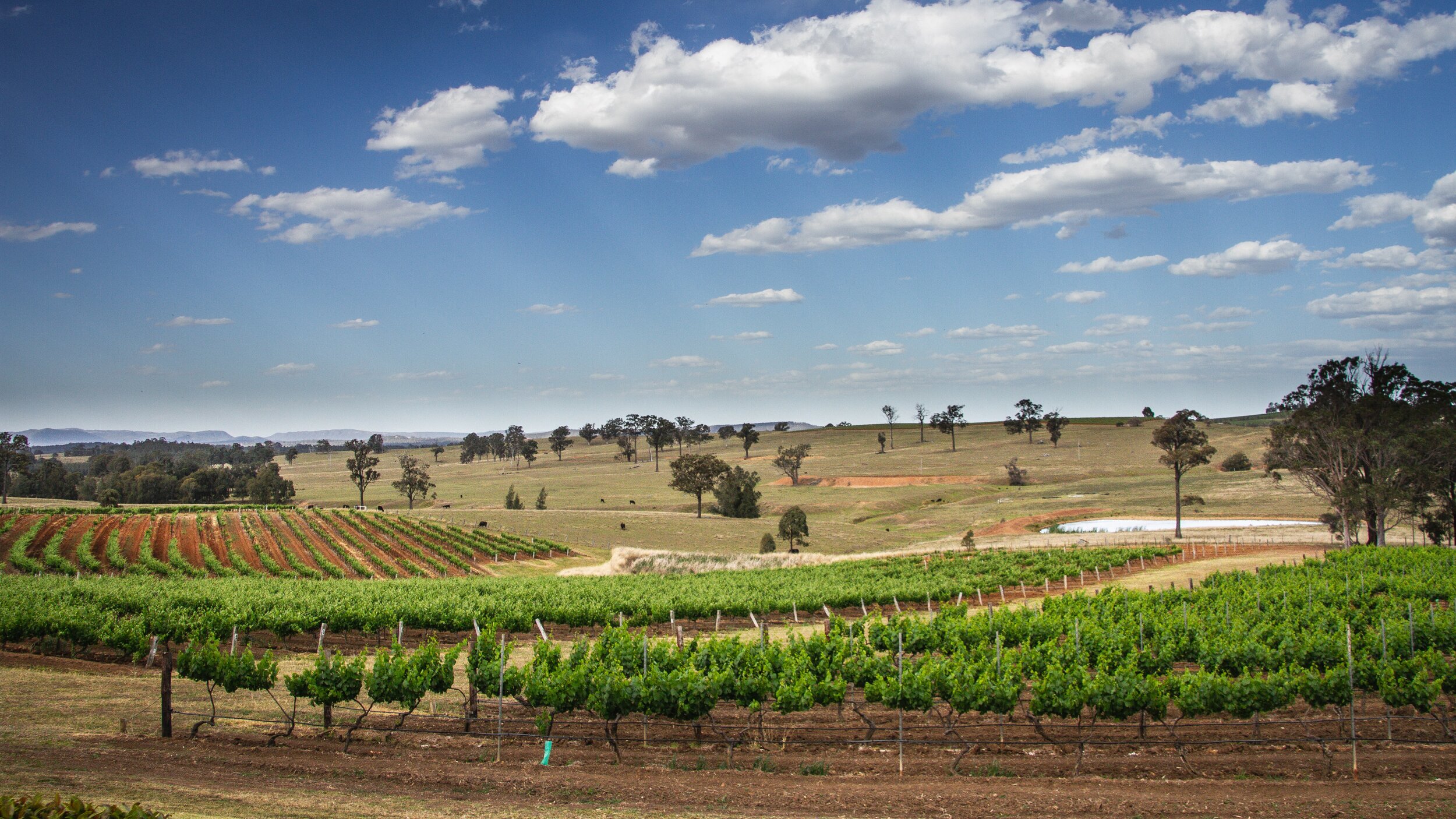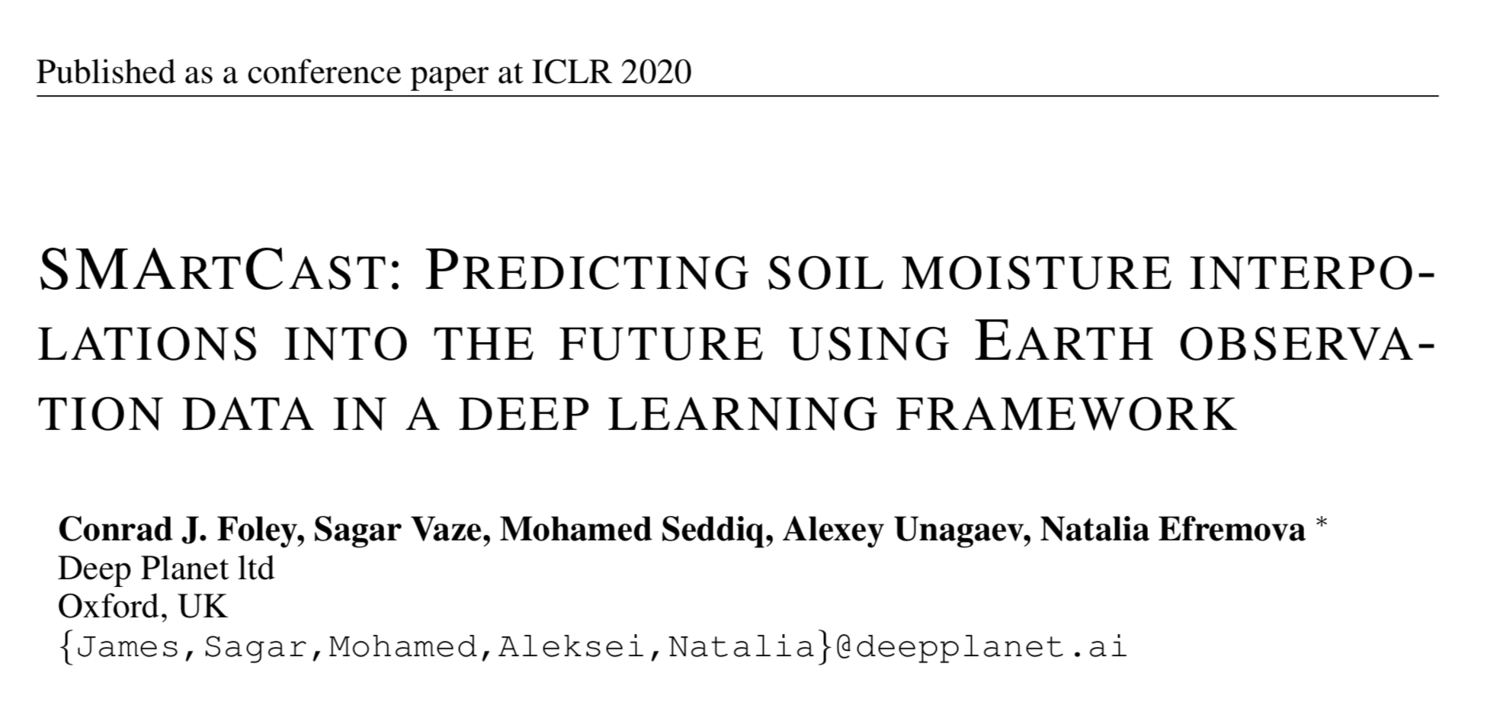Efficient Vineyard Irrigation Series #3: How to dynamically optimise irrigation scheduling
Photo: Jennefer Zacarias on Unsplash
This is Part 3 of Deep Planet’s three-part series tackling efficient irrigation scheduling for vineyards using VineSignal. You can find Part 1 (about optimising soil moisture monitoring) here and Part 2 (about soil moisture prediction) here.
As climate change increases the cost and scarcity of water, as well as consumer concerns over environmental impact, efficient irrigation is fast becoming a key component of successful vineyard management. The need for efficiency is also growing with the increased frequency of extreme weather events (e.g. extreme heat, fluctuating rainfall, bushfires and droughts), which effect vine growth and fruit development.
Dynamic irrigation scheduling (based on crop need, soil moisture and weather) optimises irrigation application to ensure fruit quality, yield and profitability. The technique also improves vineyard water use efficiency and minimises over- and under-watering, thereby mitigating excessive vigour and vine stress.
Precision viticulture tools with dynamic irrigation functionality thus provide valuable input into optimal irrigation decisions.
Current best practice
Current best practice for dynamic irrigation scheduling involves scheduling irrigation based on soil moisture sensor data, visual monitoring (e.g. observing symptoms of water stress on vines), water availability, weather forecasts and historical irrigation regimes.
This method faces three main challenges.
Accuracy. Sensor readings and visual observations are accurate at the location where they are taken, but the manual estimation of soil moisture content between sensors and points of observations can be inaccurate. This is because of changing soil composition, temperature and depth across even small irrigation blocks. Irrigation decisions made on the basis of imprecise data can lead to over- or under-watering of vines, which can result in excessive canopy growth, vine stress, nutrient leaching, and pest and disease problems (Hyde 2004).
Selectiveness. Depending on soil type, climate, and stage of vine growth, different areas of the vineyard will require different amounts of water. Current methods can lack detailed assessments of these variations. This leads to non-selective irrigation regimens, which result in variable vine growth, reduced yield and inferior fruit quality.
Cost. Running paid irrigation on blocks where it is not needed results in opportunity costs for growers, especially as water (particularly in Australia) becomes more scarce, regulated and costly with climate change. Sensors also come at a high cost, both in terms of capital equipment and the manual labour needed to install and maintain them.
What tools can help?
Our AI-powered technology, VineSignal, analyses data from satellite imagery, soil sensors, weather stations, irrigation systems and other proprietary sources to map actual and predicted soil moisture readings at every point across your vineyard.
“We had a hunch that the block was affected by temperature, but now we have data to back up our decisions to irrigate.”
We’ve worked with viticulturists and growers to co-develop VineSignal’s dynamic irrigation functionality, which enables users to optimise dynamic irrigation scheduling for their vineyard by:
Forecasting the effects of different irrigation inputs with 97% accuracy, including volume, weather, date and location. Growers can quickly identify and respond to problem areas as well as improve yield. Unnecessary irrigation is eliminated, saving both money and scarce underground water resources.
Recommending irrigation schedules and locations. This enhances growers’ abilities to optimise vine health and water usage throughout the growing season. Growers with fixed irrigation can benefit from VineSignal's data in their first growing season with the technology by using it to plan irrigation adjustments for next season.
Our team has significant experience in using the latest artificial intelligence tools in precision viticulture to help growers optimise irrigation in the vineyard. Schedule a VineSignal demo here.





